 |
Tsubasa shows his passion for Japanese football. |
In the eyes of the Japanese, Brazil is not only the team that has won the most world championships, but also a symbol of liberal, creative and emotional football - qualities that Japanese football lacked at that time.
The J.League in 1991 invited the legendary Zico – dubbed the “White Pele” – to play for Kashima Antlers. Zico not only brought South American skill and class, but also inspired a generation of young Japanese players to dream of the world stage. The Japanese idolized the Brazilian players to the point of treating them like family.
Even Japan’s first naturalized player to play in the World Cup, Wagner Lopes, was Brazilian. Since then, the connection between the two football cultures has become deeper – from players, coaches to training thinking.
Brazilian love in Captain Tsubasa manga
The admiration for Brazil extends beyond the football pitch, to pop culture, particularly through the Captain Tsubasa manga, which has become a global icon. In the world of Tsubasa, Brazil is portrayed as the birthplace of football – a melting pot of genius, technique and joy for the game.
The main character, Tsubasa Ozora, has had a dream since childhood to go to Brazil to learn football. He was discovered, trained and guided by a famous Brazilian player - Roberto Hongo, former star of Selecao. Roberto is both a teacher and a bridge to help Tsubasa understand that football is not just about tactics or strength, but also about passion and emotion.
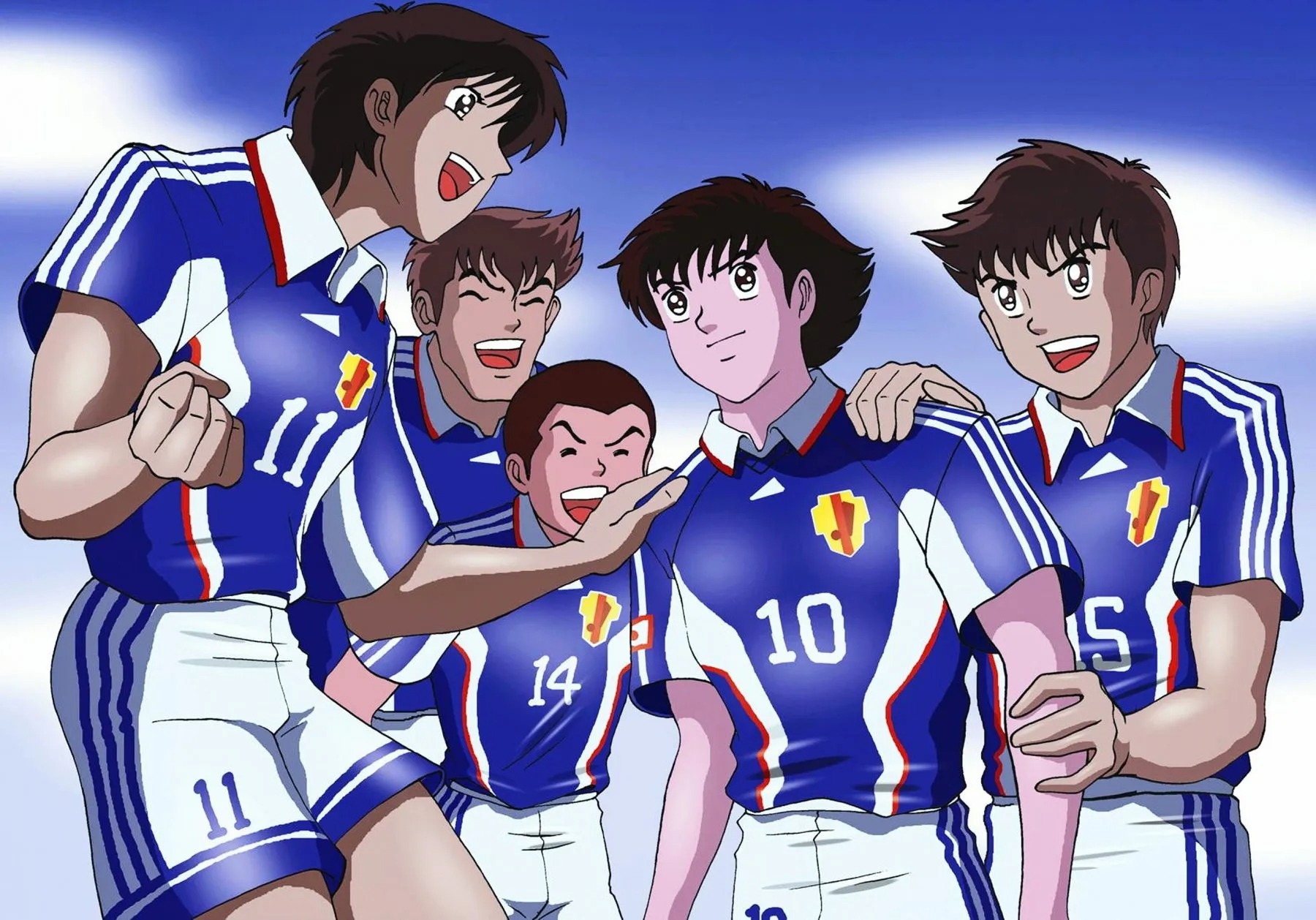 |
Tsubasa was once considered a pipe dream of the Japanese people. |
In the eyes of the Japanese, the image of Roberto Hongo and the land of samba is the symbol of the “ideal football” - freedom, creativity and humanity. Although the reality shows that Europe is the place with the most systematic and systematic training centers, Brazil is still their spiritual model, the cradle that nurtures the love of football.
In the World Youth Arc (also known as Road to 2002), author Yoichi Takahashi had Japan win the World Youth Championship after beating Brazil in a thrilling final after falling behind twice (0-1 then 1-2 before winning 3-2 in extra time).
It was an ending that many people at the time thought was just a pipe dream. Because in reality, Japanese football has never won against Brazil. However, nearly 25 years later, that scenario that seemed like it only existed in manga has become a reality.
When comics become brutal reality for Brazil
On the evening of October 14, 2025, at Ajinomoto Stadium in Tokyo, the Japanese team did what generations of players and fans could only dream of. They beat Brazil 3-2. In fact, this victory was even more cinematic than in a story.
Trailing 0-2 after the first half, the Japanese rose strongly in the second half, scoring three goals in a row thanks to Minamino Takumi, Keito Nakamura and Ueda Ayase, completing a spectacular comeback.
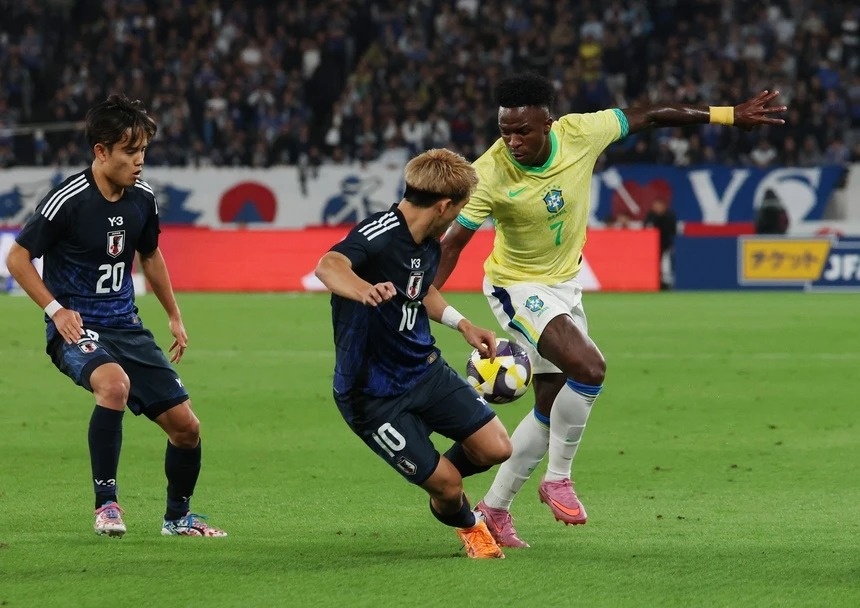 |
Brazil lost bitterly to Japan. |
It was not only the first victory after 14 confrontations, but also an affirmation of the new position of Japanese football. They were no longer students of samba philosophy, but had become a mature team, knowing how to impose their style of play, knowing how to persevere in overcoming adversity - the same spirit that Roberto had taught Tsubasa.
Looking back over the three decades since Zico arrived at Kashima Antlers to Japan beating Brazil, it was a dream come true. Brazil is not as magical as in the comics, but Carlo Ancelotti’s team is not weak as they just crushed South Korea 5-0.
But Japanese football has changed when it comes to its own footwork. They don’t have any players who go to Brazil to play, but all of them play for European clubs. Japanese players fight with a European spirit combined with South American-style graceful techniques. In other words, Japanese players in real life are more evolved than in comics.
Source: https://znews.vn/nhat-thang-brazil-theo-kich-ban-hon-ca-truyen-tranh-post1593974.html



![[Photo] Many dykes in Bac Ninh were eroded after the circulation of storm No. 11](https://vphoto.vietnam.vn/thumb/1200x675/vietnam/resource/IMAGE/2025/10/15/1760537802647_1-7384-jpg.webp)
![[Photo] Conference of the Government Party Committee Standing Committee and the National Assembly Party Committee Standing Committee on the 10th Session, 15th National Assembly](https://vphoto.vietnam.vn/thumb/1200x675/vietnam/resource/IMAGE/2025/10/15/1760543205375_dsc-7128-jpg.webp)
![[Photo] General Secretary To Lam attends the 18th Hanoi Party Congress, term 2025-2030](https://vphoto.vietnam.vn/thumb/1200x675/vietnam/resource/IMAGE/2025/10/16/1760581023342_cover-0367-jpg.webp)




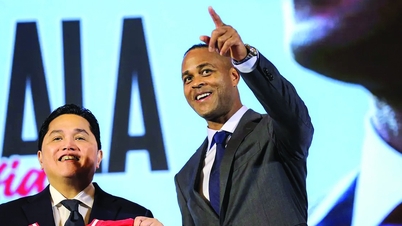

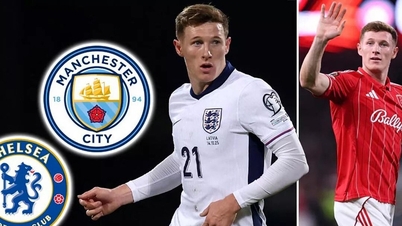
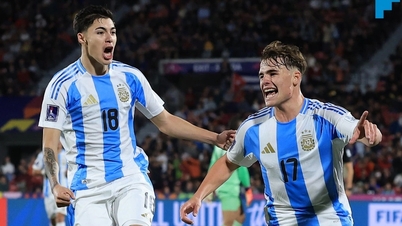


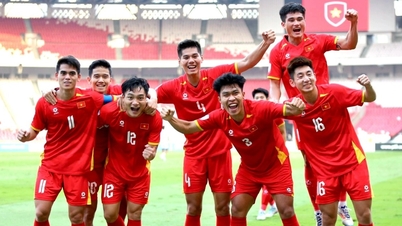




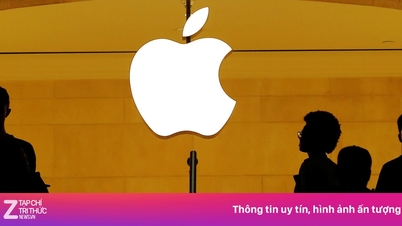
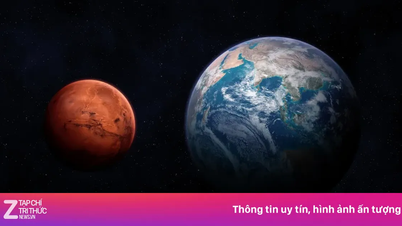
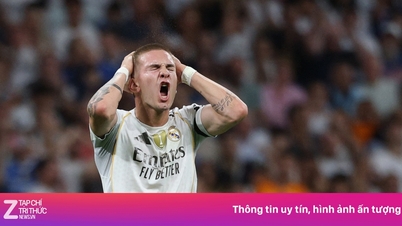
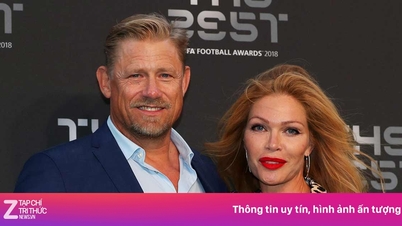

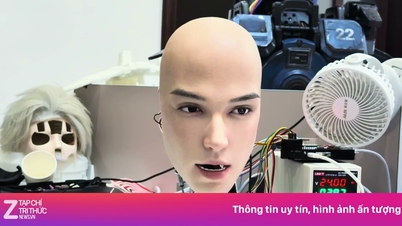
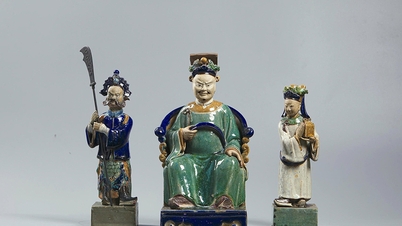


![[Video] TripAdvisor honors many famous attractions of Ninh Binh](https://vphoto.vietnam.vn/thumb/402x226/vietnam/resource/IMAGE/2025/10/16/1760574721908_vinh-danh-ninh-binh-7368-jpg.webp)



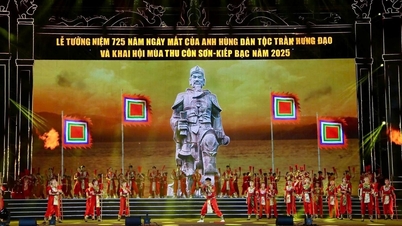

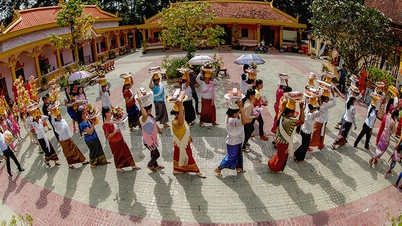

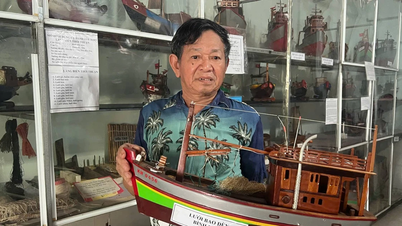



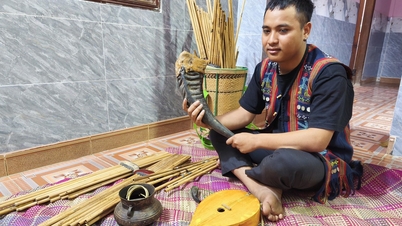
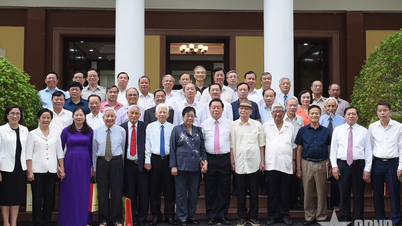



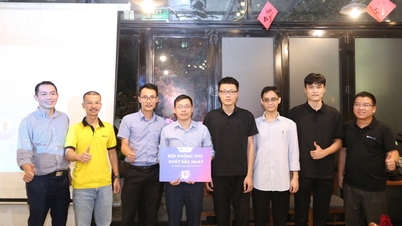











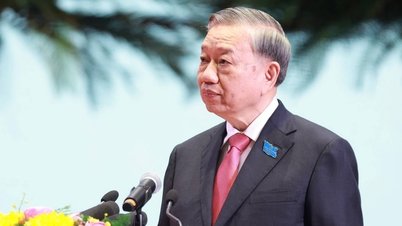

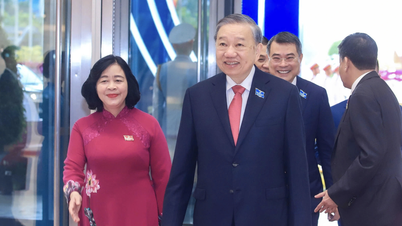
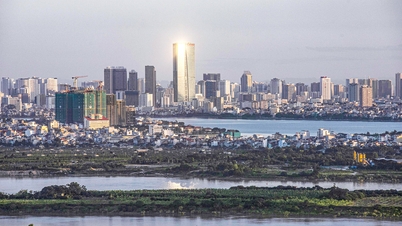
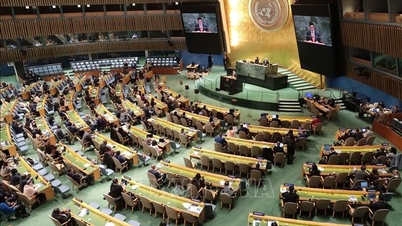

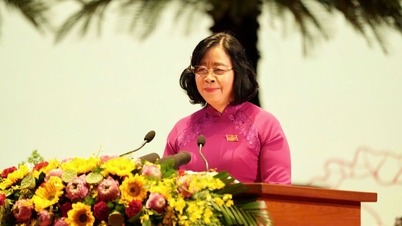
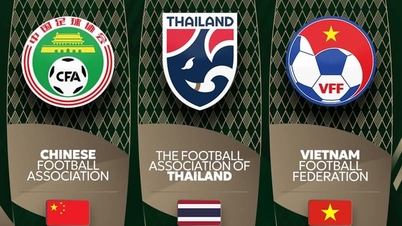

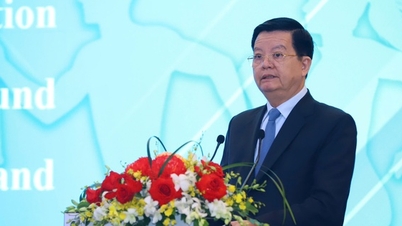
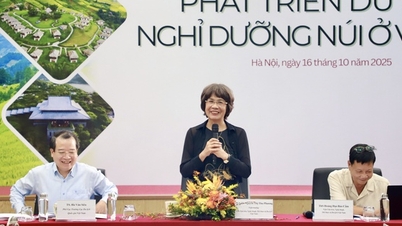
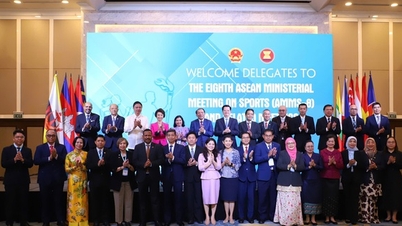
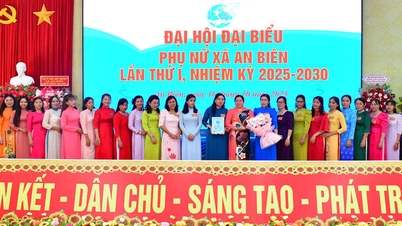

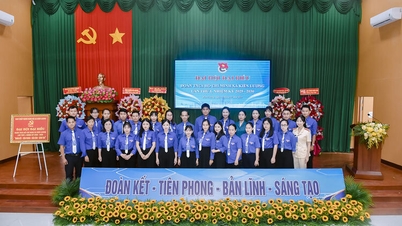
























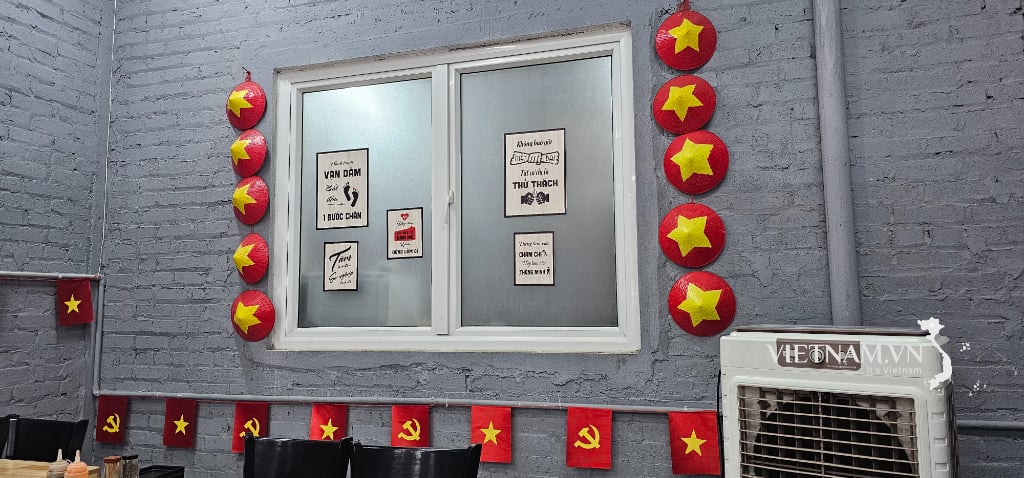
Comment (0)